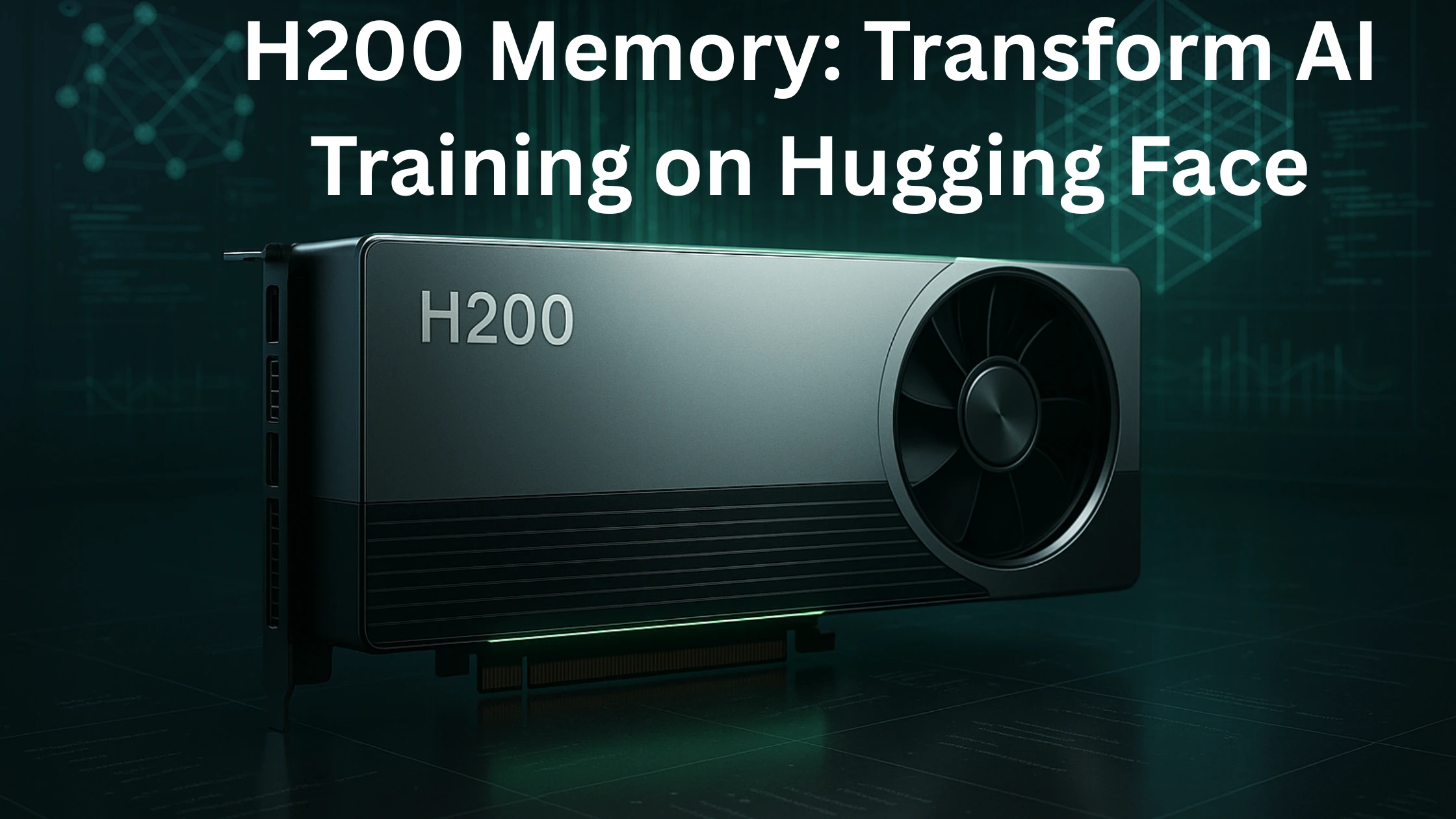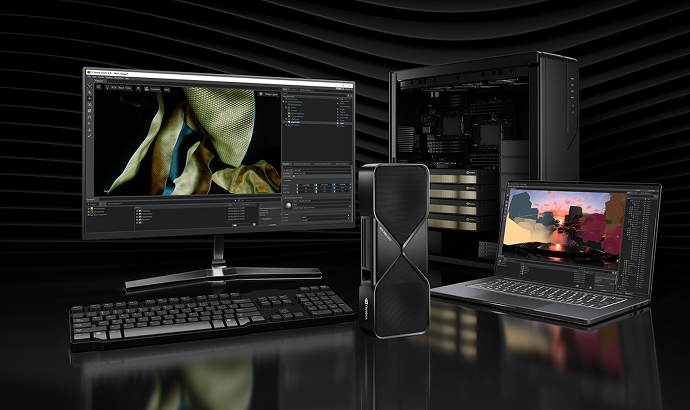

Writing About AI
Uvation
Reen Singh is an engineer and a technologist with a diverse background spanning software, hardware, aerospace, defense, and cybersecurity. As CTO at Uvation, he leverages his extensive experience to lead the company’s technological innovation and development.

Hugging Face is a pivotal platform in modern AI development, functioning much like a GitHub for artificial intelligence. It provides an extensive ecosystem comprising thousands of pre-trained models (e.g., alternatives to ChatGPT), curated datasets, and user-friendly libraries such as Transformers Hub and Accelerate. These tools are instrumental for developers in building diverse AI systems, from chatbots to image generators.
Advanced hardware, specifically GPUs with substantial memory, is critical for AI model training due to the increasing complexity and size of modern AI models, particularly large language models (LLMs). These models, defined by billions of parameters (the internal settings learned by AI), demand colossal memory resources. When GPUs lack sufficient memory, training processes inevitably slow down or crash. Developers are then forced to employ complex workarounds, such as offloading data to slower CPU memory, which introduces bottlenecks, wastes time, and stifles innovation. The H200 GPU addresses this by providing vast, high-speed memory, thereby removing these limitations and enabling more efficient and accessible AI development.
The H200 GPU fundamentally transforms large-scale AI model training through its innovative memory management, addressing critical bottlenecks that previously hampered progress. This revolution is primarily driven by two key technologies:
Together, these innovations eliminate the need for laborious memory workarounds like constant checkpointing (saving/reloading model states) or offloading (shunting data to slower CPU memory) for models up to 70 billion parameters. Training now runs continuously at full speed, and the H200’s massive bandwidth also facilitates near-linear scaling in multi-GPU clusters, meaning adding more GPUs results in proportional speed gains, making even 100B+ parameter models practical and efficient.
The NVIDIA H200 significantly streamlines AI model training for Hugging Face developers by eliminating severe memory constraints and removing complex technical hurdles that previously dominated the process. This shift allows engineers to dedicate their efforts to innovation rather than tedious optimisation.
Key simplifications include:
In what ways does the H200 boost AI training efficiency?
The NVIDIA H200 delivers substantial efficiency improvements for Hugging Face workflows by resolving memory bottlenecks, thereby accelerating training and lowering operational costs.
Key efficiency gains include:
Overall, these improvements make large-scale AI model training more practical and environmentally friendly.
The H200’s substantial 141 GB memory capacity liberates Hugging Face users, granting unprecedented creative freedom in AI experimentation. By removing memory constraints, it fundamentally changes how researchers prototype and refine models, thereby accelerating innovation.
Key aspects of enhanced experimentation include:
The NVIDIA H200 GPU boasts revolutionary hardware specifications designed to transform AI model training:
These specifications collectively contribute to the H200’s ability to significantly simplify development, boost training efficiency, and enable unprecedented experimentation in AI.
We are writing frequenly. Don’t miss that.

Unregistered User
It seems you are not registered on this platform. Sign up in order to submit a comment.
Sign up now